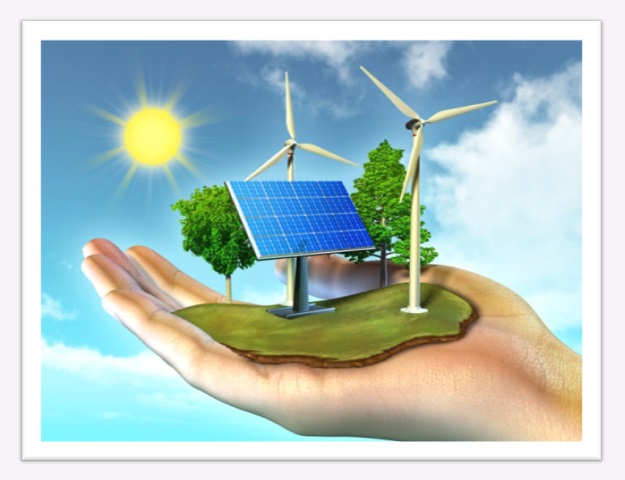
Renewable is the future!
SDG7. AFFORDABLE AND CLEAN ENERGY:
Electricity is essential for reducing poverty, boosting the economy, and raising living standards. Therefore, a crucial social and economic indicator is the proportion of the population who have access to electricity.
Over the past few decades, the proportion of people with access to electricity has been rising gradually on a global scale. Around 71% of people worldwide had access in 1990; by 2016, 87% of people had access. This indicates that in 2016, 13% of the world’s population lacked access to electricity.
High-income nations or those considered developed by the UN are presumed to have 100% electrification as of the year they were classified as such. While most nations are on an improving trend, a few are still seriously trailing. Significant access expansion will continue to be a difficult task for several nations over the coming decades, particularly in Africa due to the poverty level.
Find below a map representing the electricity around the world.
“>
Modern society depends on reliable and affordable energy services to function smoothly and to develop equitability. Intensive development patterns have historically relied on inexpensive and energy-dense fossil fuels such as nuclear energy which increased through the years. On comparison, the electricity from renewable energy was very low and wasn’t used effectively.
The best way to tackle the problem and to follow the SDG 7 is to use more renewable energy and this can be done through:
- By making investments in neighbourhood infrastructure to create accessible energy services, you can guarantee that all workers and their families have access to a dependable and inexpensive supply of energy.
- Ensure that all your operational electricity needs are met by renewable energy.
- Ipa
- Companies have the chance to invest in and train women to become renewable energy entrepreneurs because women often consume most of the energy at the household level.